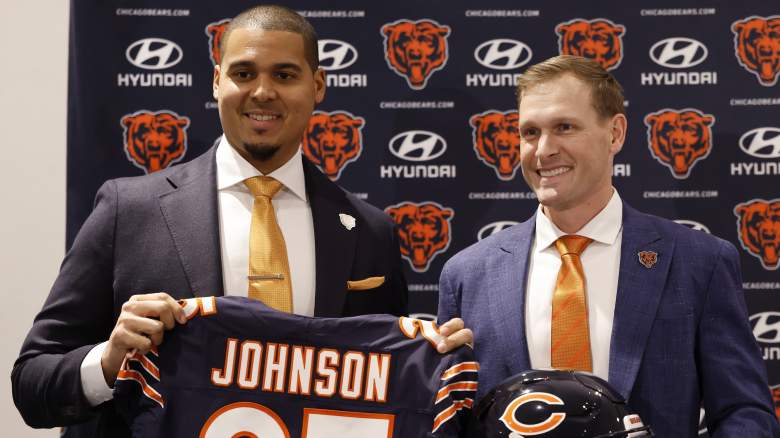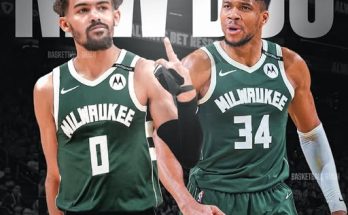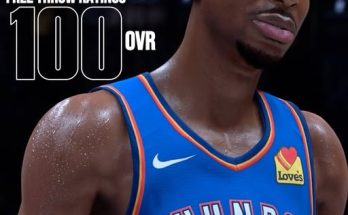When the 2025 NFL Draft began, many teams arrived in Detroit ready to adapt on the fly—ready to trade up, slide down, or pivot based on what the board threw at them. But the Chicago Bears came with something far more rare in today’s league: a plan they had no intention of abandoning. As the picks rolled in and chaos unfolded, the Bears stayed calm. They trusted their board. And, perhaps most boldly, they stuck to it—even when pressure mounted to do otherwise.
This wasn’t a decision made lightly. It came after months of rigorous internal evaluation, countless hours of film study, analytics breakdowns, and exhaustive meetings that dissected every possible draft scenario. Chicago’s front office, led by general manager Ryan Poles and head coach Matt Eberflus, had crafted a detailed draft strategy rooted in discipline. It wasn’t just about picking the best players; it was about picking the right players for their system, culture, and long-term plan.
The most telling moment came during the early portion of the first round. With top defensive prospects and skilled offensive weapons slipping past expectations, teams began calling. Several franchises offered trade packages to the Bears in hopes of moving up. The temptation to move back—add more picks and flexibility—was real. But the Bears stayed put. They had their guy, and they weren’t going to overthink it. “We believed in our process,” Poles said afterward. “There’s always value in flexibility, but there’s even more value in conviction.”
Their decision wasn’t popular in every corner. Some pundits and fans questioned why the team wouldn’t capitalize on the momentum of a fast-moving draft by stockpiling assets. After all, the Bears entered this draft still rebuilding in many ways. Though they’ve added key pieces in recent offseasons—most notably quarterback Caleb Williams, who flashed elite potential down the stretch last season—depth remained a concern. But for Chicago’s leadership, this wasn’t about quantity. It was about fit, development, and establishing a new foundation of identity.
What followed was a draft that, on the surface, might look conservative. But dig deeper, and it reveals something much more nuanced. The Bears selected players who not only ranked high on their board, but who also checked every box from scheme adaptability to mental makeup. These weren’t just athletes—they were tone-setters. Guys who fit seamlessly into what the Bears are building, both on and off the field.
In the war room, there was little hesitation. Scouts and executives knew the pecking order. They’d debated it long enough in the months leading up to April. Every name that appeared on their screen had already been vetted through Chicago’s “B3” model—Body, Brain, and Behavior. It’s a framework Poles has referenced often, designed to evaluate how a player’s physical tools, football IQ, and character blend together into one total package.
That framework led the Bears to lean heavily into players from winning programs—guys who had thrived in competitive environments, responded to adversity, and demonstrated leadership. It was less about combine stats and more about game tape and track records. They were especially drawn to prospects who had earned captain status in college, had a history of bouncing back from injuries, or had experience playing multiple positions. “Versatility is leadership,” Eberflus remarked during the team’s post-draft press conference. “It shows a willingness to do what’s asked—and we value that immensely.”
One such pick, a second-round cornerback out of Michigan, epitomized that philosophy. Though not the flashiest name on the board, he embodied everything the Bears wanted: a physical, smart, coachable player who had played special teams, excelled in press-man coverage, and captained his defense. Another mid-round pick, an offensive lineman from Oregon State, turned heads during Senior Bowl week not because of his measurables, but because of his command of the huddle and willingness to mentor younger players.
Some around the league saw Chicago’s draft as “safe.” But that misses the point. What the Bears did was bold, just in a different way. They resisted the noise. They refused to chase headlines or be swayed by draft-day momentum swings. In a year where 11 trades happened in the first 45 picks, the Bears were one of the few teams that held firm—and came away with exactly what they wanted.
There’s a psychological component to this strategy too. NFL war rooms can be emotionally charged, especially when players a team loves start slipping or when rival teams make surprise moves. It’s easy to second-guess. But Chicago installed a strict code: stick to the board. Trust the homework. Don’t reach, don’t panic. That kind of discipline isn’t easy to maintain under pressure, but it paid off. The Bears emerged from the draft with a group of players they believe can grow together, buy into the culture, and accelerate the rebuild without forcing the issue.
One front office source said it best: “We didn’t fall in love with hype. We fell in love with consistency. And that’s what we’re building.”
The consistency showed not just in their picks, but in how those picks aligned with each other. Each added player reinforced a core identity—tough, intelligent, team-first football. It’s no accident the Bears targeted locker room leaders and high-effort players over combine wonders. It’s also no accident that they invested heavily in the trenches. Chicago knows that in the cold, windy winters at Soldier Field, games are won with physicality and mental grit.
Even the undrafted free agent class reflected this mindset. While other teams threw money at raw prospects with high upside, the Bears focused on effort guys. Special teamers. Developmental depth. Athletes who had a chance to stick because of their work ethic. They didn’t just want players—they wanted professionals.
That approach mirrors what we’ve seen from some of the most stable franchises in football. Teams like the Ravens, Steelers, and 49ers rarely chase the loudest storylines. They find their kind of players and they develop them. It’s the long game. The Bears are betting that such a model, anchored by stability and vision, will bring long-term success.
It’s too early to tell whether Chicago’s 2025 class will become a franchise-defining haul. But it already stands out for how it came together. In an era of hot takes and rapid overreactions, the Bears offered something different: patience. Restraint. A clear philosophy. They weren’t reactive; they were prepared.
Of course, sticking to a board only works if the board is right. That’s the challenge now for Poles and company. Development is the next frontier. The Bears will need to prove that their evaluations were sound—and that their coaching staff can mold this group into contributors. That means more than just throwing rookies into the fire. It means guiding them, mentoring them, and allowing them to grow into their roles.
The locker room will also play a key part in this. Veterans like Keenan Allen, DJ Moore, and Montez Sweat will be leaned on to set the tone for the incoming class. For the Bears, the draft was just one step. Now comes the hard part: building something sustainable. But thanks to the foundation they laid with their board, they believe they’ve given themselves the best chance to succeed.
Ryan Poles summarized it best when asked what message he hoped the draft sent to fans. “It says we believe in our people. We’re not chasing trends. We’re building something that’s going to last—not just this year, but for years to come.”
In a league driven by instant gratification, the Bears chose the road less traveled. They stuck to their plan. They trusted their board. And now, they’re ready to let the results speak for themselves.



